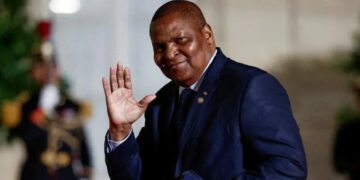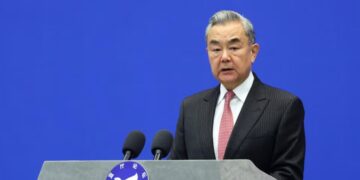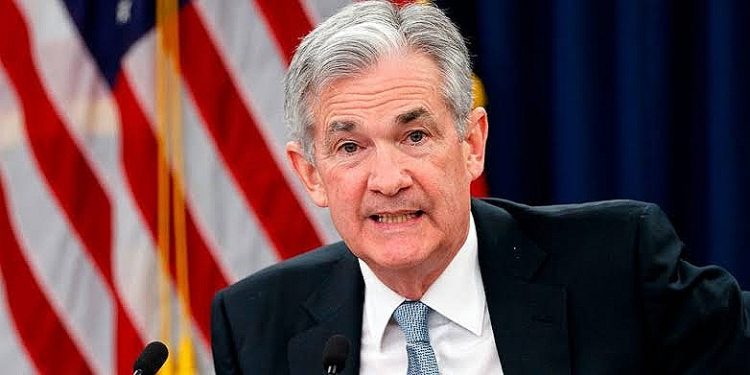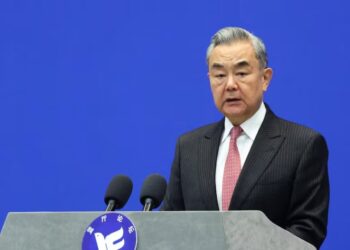By John Ikani
The U.S. Federal Reserve raised interest rates by 0.75% for the third consecutive time as the central bank continues to try to tame multi-decade highs in inflation.
The decision, which was unanimous, takes the target range for the benchmark federal funds rate to a new range of 3% to 3.25% — the highest level since before the 2008 financial crisis, and up from near zero at the start of this year.
Officials expect the benchmark rate to rise to 4.4% by year end and 4.6% during 2023, according to the median estimate in updated quarterly projections published alongside the statement. That indicates a fourth-straight 75 basis-point hike could be on the table for the next gathering in November, about a week before the midterm elections.
In a statement Wednesday following a two-day meeting in Washington, the Federal Open Market Committee repeated that it “is highly attentive to inflation risks.”
The central bank also reiterated it “anticipates that ongoing increases in the target range will be appropriate,” and “is strongly committed to returning inflation to its 2% objective.”
Stocks initially turned negative following the announcement before bouncing back as Federal Reserve Chairman Jerome Powell spoke to the press.
In his comments, Fed Chairman, Jerome Powell first stressed that “my colleagues and I are strongly committed to bringing inflation back down to our 2% goal” before acknowledging a slowing of rate hikes at some point.
US inflation peaked at 9.1% in June, as measured by the 12-month change in the US consumer price index. But it’s failed to come down as quickly in recent months as Fed officials had hoped: In August, it was still 8.3%.
Job growth, meanwhile, has remained robust and the unemployment rate, at 3.7%, is still below levels most Fed officials consider to be sustainable in the longer run.
The failure of the labor market to soften has added to the impetus for a more-aggressive tightening path at the US central bank.
Fed action is also taking place against the backdrop of tightening by other central banks to confront price pressures which have spiked around the globe. Collectively, about 90 have raised interest rates this year, and half of them have hiked by at least 75 basis points in one shot.


































